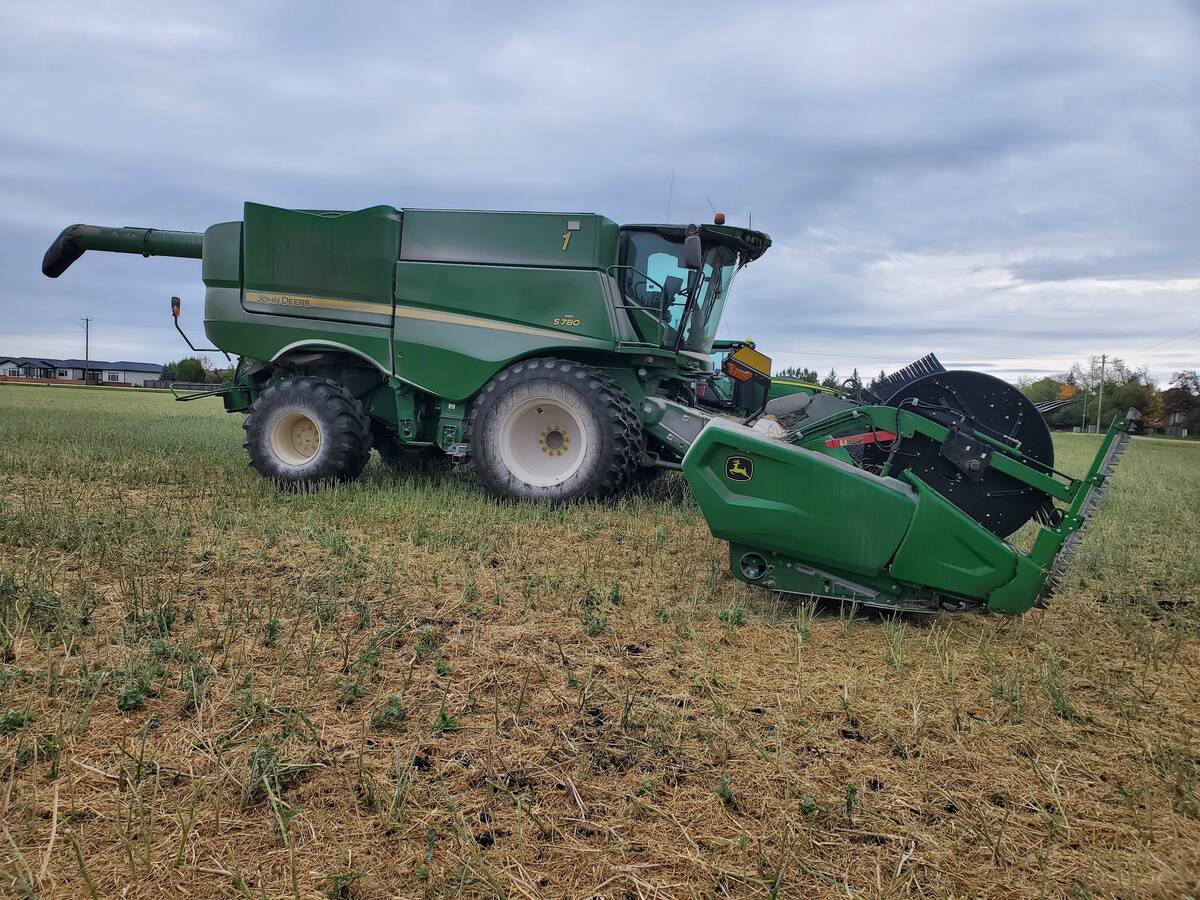Ag adaptation | Official warns of an increase in extreme events
SYDNEY, Australia (Reuters) — Peanuts have moved north, tuna has moved east and wine has moved south.
But sooner or later, Australia is going to run out of places to shift agricultural production to avoid the harsh effects of climate change.
Australia’s flagship scientific body recently told the Reuters Global Climate Change Summit that it is critical for companies to consider both mitigation and adaptation measures now.
“We have to act very soon on mitigation, reducing carbon dioxide in the atmosphere, and adaptation,” Mark Stafford Smith, the Commonwealth Scientific and Industrial Research Organization’s (CSIRO) science director for climate adaptation, said in an interview.
Read Also

Powdery mildew can be combine fire risk
Dust from powdery mildew can cause fires in combines.
Climate change is a major threat to food security in a country that has talked about becoming a “food bowl” for Asia.
It also complicates a government plan to increase agricultural production to meet an expected doubling in global food demand by 2050.
Stafford Smith said that as the only developed nation dominated by an arid climate, Australia faces more variability in rainfall, prolonged droughts and a greater incidence of extreme weather events.
The government-funded CSIRO is working with industries and companies on adaptation strategies.
Wine companies are testing underground irrigation systems that they developed with CSIRO in their vineyards in response to increased levels of evaporation.
The agency is also working with cereal farmers to experiment with new grain varieties that are better able to cope with higher levels of carbon dioxide in the atmosphere.
The average global temperature has warmed by more than .7 C over the past century, and the present warming rate is .2 C per decade, according to the Intergovernmental Panel on Climate Change.
Australia is heating up even faster.
A joint Bureau of Meteorology-CSIRO State of the Climate 2014 report found that current temperatures are, on average, almost 1 C warmer than they were in 1910. Most of the increase has occurred since the 1950s, suggesting an accelerated warming trend.
The need to adapt is reflected in the varying success that Australian industries have had in making a straightforward geographical shift.
Wine companies are benefiting from the purchase of vineyards in the tiny island state of Tasmania, prompted by ever hotter and drier conditions to find alternatives to the country’s traditional wine growing regions on the mainland. They are now growing different varieties in the cooler southern climate.
Tuna fisheries in the Southern Ocean have shifted further east as sea temperatures rise, initially moving them closer to ports and other infrastructure.
However, they will eventually move further away if they continue to chase warmer waters east.
A lack of infrastructure was the downfall of a move by peanut growers from central Queensland to the tip of the Northern Territory. Growers moved north to take advantage of the mix of sun and higher rainfall, but high transportation costs and mould hampered their efforts.
The Peanut Company of Australia abandoned its plans for large-scale production in the far north in 2012, selling its property after just five years to a sandalwood producer.
The peanut industry is looking at trying again, but this time it is setting the stage with a trial crop to try and find a new variety of peanut for the northern climate.
Stafford Smith said it is that kind of innovation rather than simply shifting geographies, that Australia needs to pursue and potentially export to others, given that the country is at the forefront of responding to climate change.
















